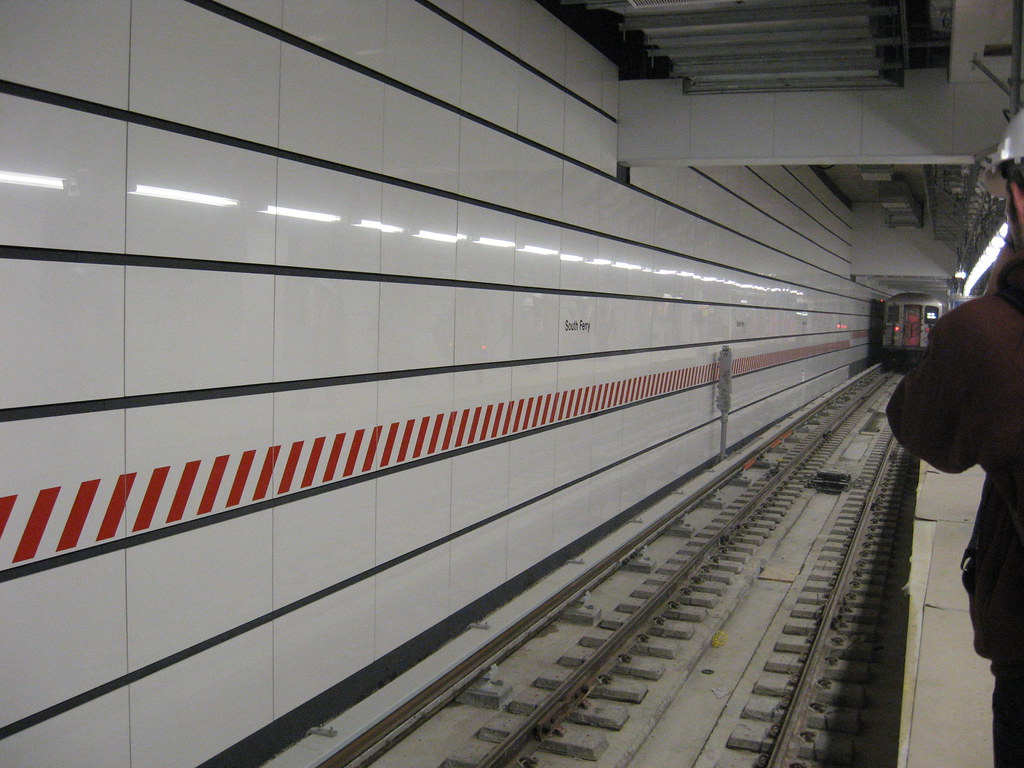I’ll get to the service alerts in a minute, but I wanted to take a second to thank those who help bring Second Ave. Sagas to the masses. I run this site mainly as a labor of love and as an outlet for my writing. One day, I’d love to make a living off it, but for now, I do what I can with those interested in advertising. Three of my top site sponsors recently re-upped their ads and deserve a big “thank you.” They are:
- Station Stops: Metro-North Schedules for iPhone
- iTrans NYC: The ultimate subway app
- The Next Train: LIRR schedules in your pocket
I’m always looking for more site sponsors too. So if you’re interested in advertising on Second Ave. Sagas, drop me a line.
Anyway, on to the weekend service changes. All of Transit’s planned weekend work — except for one change — has been canceled due to the snow that, as of nearly 1 a.m. on Friday night, still hasn’t started to fall. For the MTA, the decision to call off the various maintenance projects is a costly one, and if the snow does not, it will have been a losing gamble. The work on the 7 line, though, continues because this project must wrap before baseball season. If it does snow, some lines will run different service patterns. So it’s a good idea to listen to on-board announcements this weekend.



From 11:30 p.m. Friday, February 5 to 5 a.m. Monday, February 8, there are no 7 trains between Times Square-42nd Street and Queensboro Plaza due to track panel installation on the Davis Street curve. The N/Q and free shuttle buses provide alternate service. Note: 42nd Street Shuttle S runs overnight. Q trains are extended to/from Ditmars Blvd.

 These days, the MTA’s federal stimulus grants have become hot topics of conversation. Some would prefer to use the legally permissible 10 percent siphoned from the stimulus grant to help cover the ever-widening operating deficit. Others don’t feel comfortable taking money away from the also financially distressed capital budget. But what if the money isn’t being spent?
These days, the MTA’s federal stimulus grants have become hot topics of conversation. Some would prefer to use the legally permissible 10 percent siphoned from the stimulus grant to help cover the ever-widening operating deficit. Others don’t feel comfortable taking money away from the also financially distressed capital budget. But what if the money isn’t being spent? Those in charge of the MTA must be really glad Wedneday is over for it was yet another bad time in the long run of bad days for the MTA finances. As we learned late in the afternoon, revised budget projections from the state have
Those in charge of the MTA must be really glad Wedneday is over for it was yet another bad time in the long run of bad days for the MTA finances. As we learned late in the afternoon, revised budget projections from the state have 